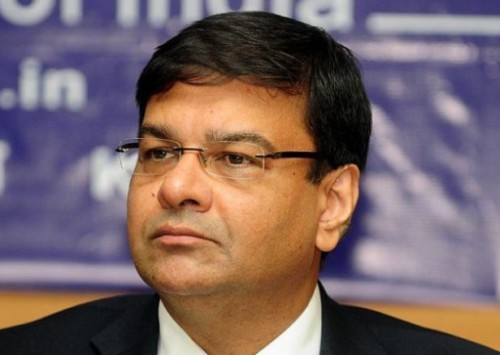New Reserve Bank of India governor Urjit Patel faces many challenges
Urjit Patel who will become 24th Governor of Reserve Bank of India has more than half-a-dozen challenges before him. However Patel is neither new to Reserve Bank of India nor to the Finance Ministry or to the political establishment unlike some of his predecessors.
Given his insider credentials and experience at the RBI, Urjit Patel knows well how the system works or not. So, he needs little time to settle down.
It is significant to point out Patel was appointed in 2013 deputy governor of the RBI, where he was considered one of the main architects of India’s new inflation-targeting framework for monetary policy. Yet he has to face more than a half dozen big challenges.
Monetary Policy Formulation
First is the monetary policy formulation. So far the RBI’s Monetary Policy Department (MPD) assisted the governor in formulating the monetary policy. But with the formation of Monetary Policy Committee (MPC) interest rates decisions will be no more the prerogative of the Governor alone.
Patel will be the first to oversee interest rate decisions by a Monetary Policy Committee (MPC). It is a six-member panel chaired by the RBI governor to decide on interest rates. The governor will not enjoy a veto power, but will cast his vote in case of a tie. The decision of the committee — three each nominated by the government and the central bank – will be binding on the central bank.
Outgoing Governor Raghuram Rajan had appointed Patel and Michael Patra as RBI nominees to the MPC which will be headed by the central bank Governor himself. With Patel becoming Governor, RBI will have to appoint another member for the all-important committee which will set the interest rate at the next policy review on October 4.
India had earlier notified 4 per cent inflation target for the next five years, based on which the MPC would take its monetary policy decisions going forward. The move provides for a margin of plus or minus 2 per cent in this target thus fixing the upper tolerance level at 6 per cent till 2021.
Taming Inflation
This will be one of the tough challenge for the new governor. During his predecessor Raghuram Rajan’s period oil and commodity prices were falling. So it was easier to tame inflation.
But Patel does not have automatically this advantage to begin with as prices have stabilized and are expected only to rise. Consequently the spectre of double-digit inflation could haunt India again. Already wholesale prices rose in July for the fourth straight month, as food prices surged. In the same month, consumer inflation rose to 6.07 PC, breaking through the RBI’s 6 PC ceiling.
Dollar Debt
However the first litmus test for Urjit Patel will come next when Foreign Currency Non-resident (FCNR) deposits will mature next month. According to reports, a lot many non-resident Indians are likely to withdraw it. These deposits were raised in 2013 when the rupee was depreciating sharply and went on to hit its lowest against the dollar at 68.80 in August 2013.
Currency Volatility
As the RBI expects about $20 billion to be withdrawn from these special FCNR deposits. This could result in demand for dollars and consequently depreciate the rupee’s value. So Patel will have to find ways to deal with likely volatility in currency markets.
Bad loans or Non Performing Assets
Thanks to seven decades of crony capitalism, state run banks in India have mountain of bad debts. It is also known as Non-Performing Assets. The RBI estimates bad loans in the system will likely reach 8.5 PC of total loans next year, up from 7.6 PC in March. Addressing this issue was one of the major initiatives taken by Rajan. Now, Patel will have to push the Indian banking sector to clean up their balance sheets and reduce bad debt with RBI’s deadline-—March 2017 for clean-up approaching fast. According to RBI, the total Gross Non Performing Assets (GNPAs) of banks stood at Rs 5, 94,929 crores or Rs six trillion at end March 2016.
Growth push
It is to be seen whether Patel will follow his predecessor Rajan in controlling inflation and not reduce rates too quickly. Or the new governor will this time cut rates sharply to let growth take place in a broad-based manner. For more than two years now, both the Modi government and theIndian industry have been demanding cuts in lending rates.
Digital Banks
To connect the unbanked population, India has embarked on payment banks or digital banks. The RBI gave in principal licenses to 11 applicants of whom three have already surrendered it. Payments banks can collect deposits, but cannot lend. It is to seen how these banks will be regulated under Patel’s tenure.
Managing Political Establishment
Unlike his predecessor, Rajan who speaks his mind, Dr Patel is quiet and will not grab much headlines and will not engage in debating issues. This could prove helpful in his relationships with political establishment.










